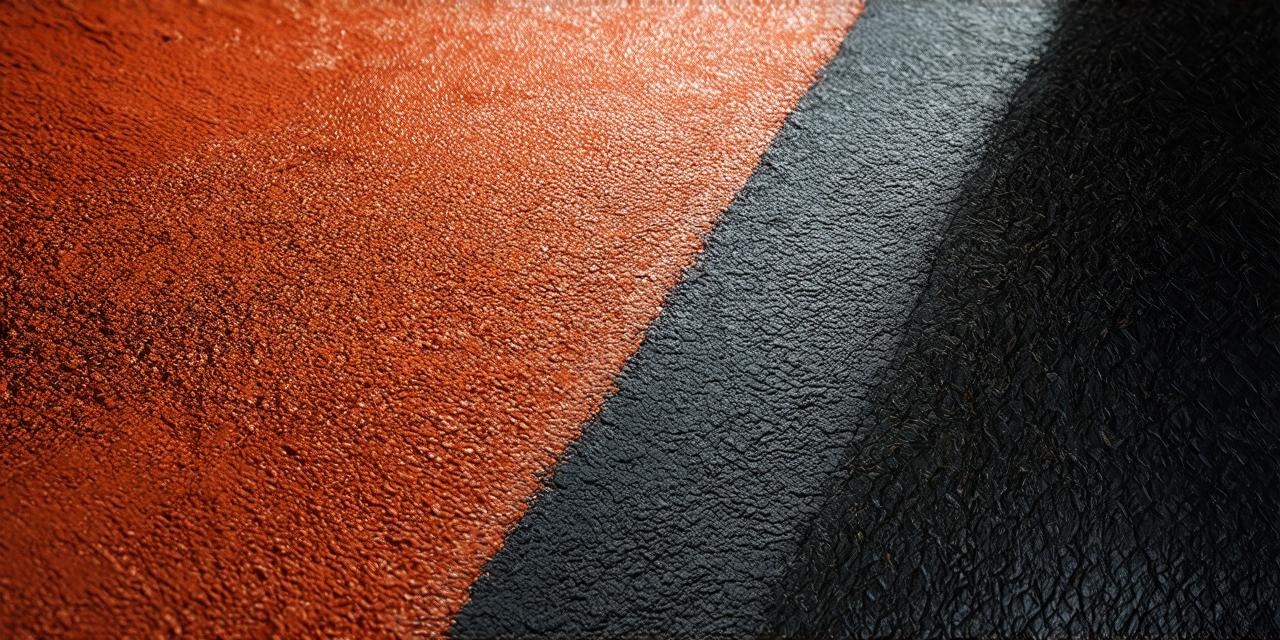When it comes to 3D game development, both Unity and Blender are popular tools that offer different features and capabilities.
Introduction

Before diving into the integration process, let’s take a brief look at what Unity and Blender are and what they offer.
Unity is a cross-platform game engine that allows developers to create games for various platforms including Windows, macOS, iOS, Android, and web browsers. It offers a wide range of features such as real-time rendering, physics simulation, scripting, and multiplayer support. Unity also has a large community of developers and a vast library of assets that can be used to speed up the development process.
Blender, on the other hand, is an open-source 3D modeling and animation software that can be used for various purposes including game development. It offers features such as mesh modeling, sculpting, rigging, animation, and rendering. Blender is widely used by artists, designers, and animators for creating 3D content.
Integration Process
The integration process involves exporting models from Blender to Unity and importing them into Unity.
Here are the steps to follow:
Step 1: Export Models from Blender
To export models from Blender, follow these steps:
- Open your Blender project and select the model you want to export.
- Go to File > Export > FBX (.fbx) or OBJ (.obj).
- In the export settings, make sure that the model is properly scaled and oriented.
- Save the file to your desired location.
Step 2: Import Models into Unity
To import models into Unity, follow these steps:
- Open your Unity project and go to Assets > Import Package or Asset.
- Select the .fbx or .obj file you exported from Blender and click Import.
- In the import settings, make sure that the model is properly scaled and oriented.
- Add the model to your scene by dragging it onto the canvas.
Step 3: Set Up Textures and Materials
To set up textures and materials for your imported model, follow these steps:
- Go to the Inspector window and select the material of your model.
- In the Inspector window, click on the "Texture" tab.
- Drag and drop your texture file into the "Texture" field.
- Configure the texture settings as desired.
- Repeat steps 2-4 for any additional textures or materials you need to set up.
Step 4: Set Up Animations
To set up animations for your imported model, follow these steps:
- Go to the Animation window and click on Create > Animation.
- In the Animation window, select your model in the Hierarchy view.
- Click on the "Create" button and select the animation clip you want to create.
- Import your animation data from Blender by going to Assets > Import Package or Asset > Animation > Import Animation.
- In the import settings, make sure that the animation data is properly mapped to your model.
- Preview your animation by clicking on the "Play" button in the Animation window.
Case Study: Integrating Unity and Blender for a 3D Game
Let’s take a look at a real-life example of how to integrate Unity and Blender for a 3D game.
Suppose you are developing a first-person shooter game using Unity, and you want to create custom characters for your game. You can use Blender to model and animate the characters, and then import them into Unity to use in your game.
Here are the steps to follow:
Step 1: Model and Animate the Characters in Blender
Using Blender, you can create custom characters by modeling, sculpting, rigging, and animating them. You can use various tools and features in Blender to achieve the desired look and feel for your characters. Once you have animated the characters, you can export them as .fbx or .obj files.Step 2: Import the Characters into Unity
Using the steps outlined above, you can import the characters into Unity by selecting the .fbx or .obj file and clicking on Import Package or Asset. You can then add the characters to your scene by dragging them onto the canvas.
Step 3: Set Up Textures and Materials
for the Characters
Using Unity’s Inspector window, you can set up textures and materials for the characters by selecting their material and configuring the texture settings as desired. You can also use Unity’s built-in tools to create custom materials or import materials from external sources.Step 4: Set Up Animations
for the Characters
Using Unity’s Animation window, you can set up animations for the characters by importing their animation data from Blender and mapping it to their model in Unity. You can then preview the animations and make any necessary adjustments.Comparing Unity and Blender for 3D Game Development
While both Unity and Blender are powerful tools for 3D game development, they have different strengths and weaknesses. Here’s a comparison of the two:
Unity:
Pros:
* Easy to use and learn
* Wide range of features for creating games
* Large community of developers and a vast library of assets
Cons:
* Limited customization options compared to Blender
* Can be resource-intensive, especially when rendering complex scenes
* Limited animation capabilities compared to Blender
Blender:
Pros:
* Highly customizable and flexible
* Wide range of features for creating 3D content, including game development
* Large community of artists and designers who contribute to the software
Cons:
* Steep learning curve for beginners
* Can be time-consuming to set up and configure for game development
* Limited real-time rendering capabilities compared to UnitySummary
Integrating Unity and Blender for 3D game development can offer a range of benefits, including increased creativity, improved workflow, and access to a wider range of features and tools. By following the steps outlined in this guide, you can easily import models from Blender into Unity and set up animations, textures, and materials to create stunning 3D games.
